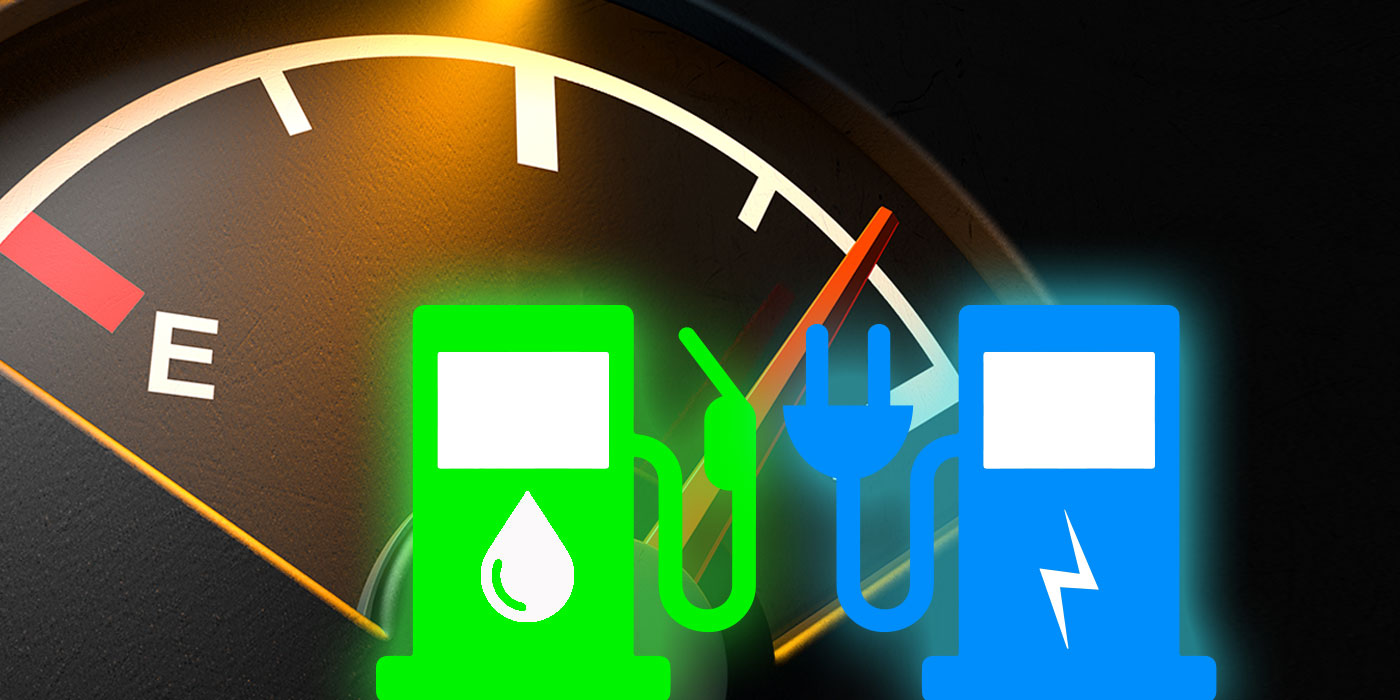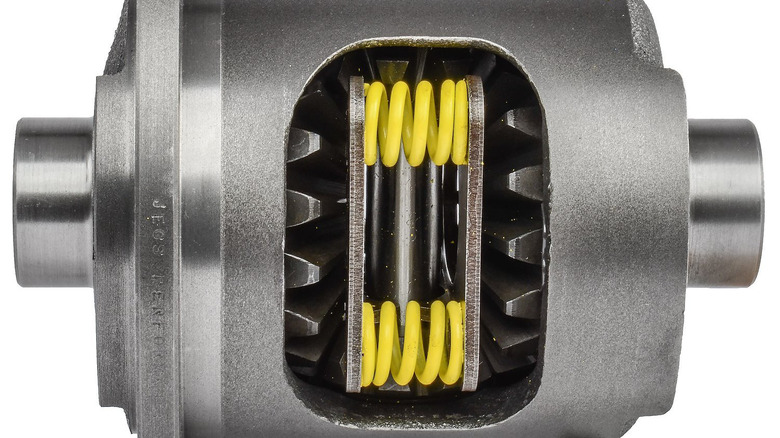Your vehicle is more than just transportation — it’s an investment that deserves care and attention. Regular maintenance not only keeps your car running smoothly but also prevents costly repairs and extends its life. In this guide, we’ll break down essential car parts and simple maintenance tips that every driver should know.
Why Regular Car Maintenance Matters
Routine care helps you avoid breakdowns, improve fuel efficiency, and maintain the safety of your vehicle. Neglecting basic upkeep can turn minor issues into expensive repairs and reduce your car’s lifespan. Plus, a well-maintained car retains a higher resale value.
Understanding the Essential Auto Parts
Let’s take a closer look at the key components that keep your car running.
Engine: The Heart of Your Vehicle
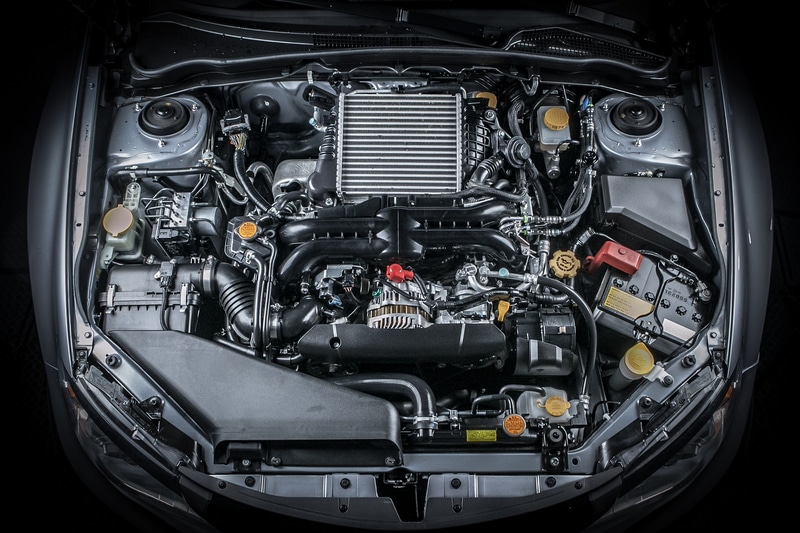
The engine powers your car and needs regular oil changes to stay in good health. Dirty oil can cause friction and wear. Make sure to change your oil every 3,000 to 7,500 miles depending on your car’s needs. Your car’s engine is its heart, and regular care is vital for performance and longevity. Start by checking the oil level and quality every month, and change the oil according to your vehicle’s schedule. Pay attention to unusual noises, smells, or dashboard warning lights. Replacing air filters, spark plugs, and timing belts when needed keeps the engine running efficiently. Don’t ignore overheating—this can cause serious damage. Regular tune-ups ensure your engine gets the attention it needs to deliver smooth, powerful performance mile after mile.
Maintenance Tip:
Check your oil level monthly and look out for signs like strange noises or decreased performance.
Brakes: Your Safety Shield
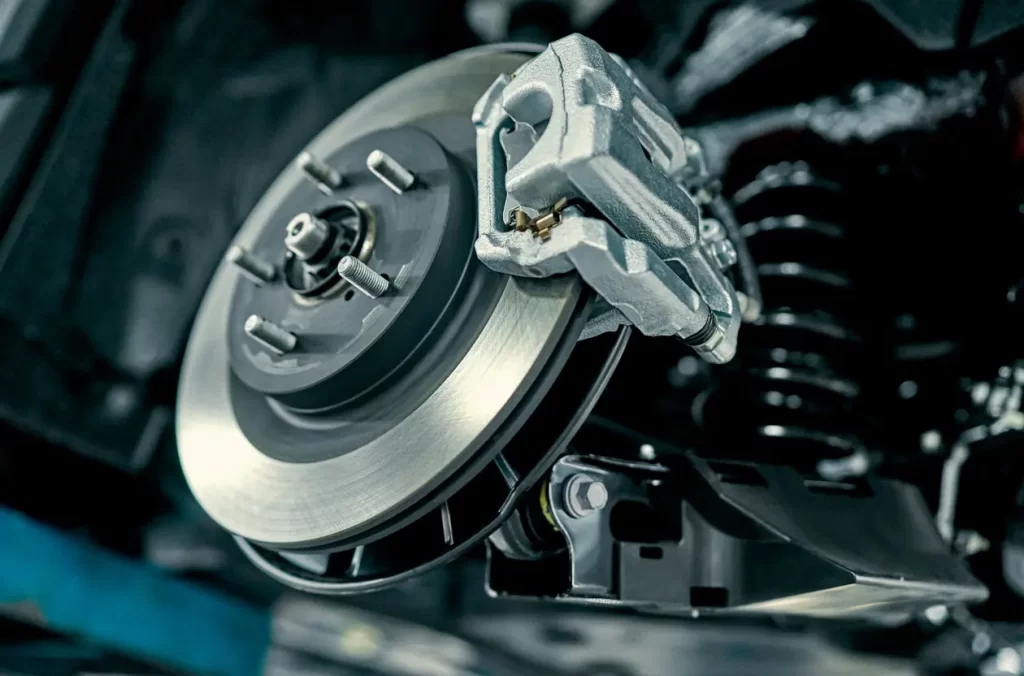
Brakes are vital for safe driving. Worn brake pads can make stopping distances longer and cause damage to rotors. Brakes are critical for your safety on the road. If you hear squealing, grinding, or feel vibrations when braking, it’s time for an inspection. Brake pads should be replaced before they wear down completely to prevent damage to rotors. Also, check brake fluid levels and have it flushed every couple of years to maintain hydraulic pressure. Soft or spongy brakes can signal air in the lines or fluid leaks. Regular maintenance keeps your brakes responsive and dependable, giving you peace of mind every time you hit the road.
Maintenance Tip:
Listen for squealing sounds and check brake fluid levels every few months. Replace brake pads every 20,000 to 50,000 miles.
Tires: Where the Rubber Meets the Road
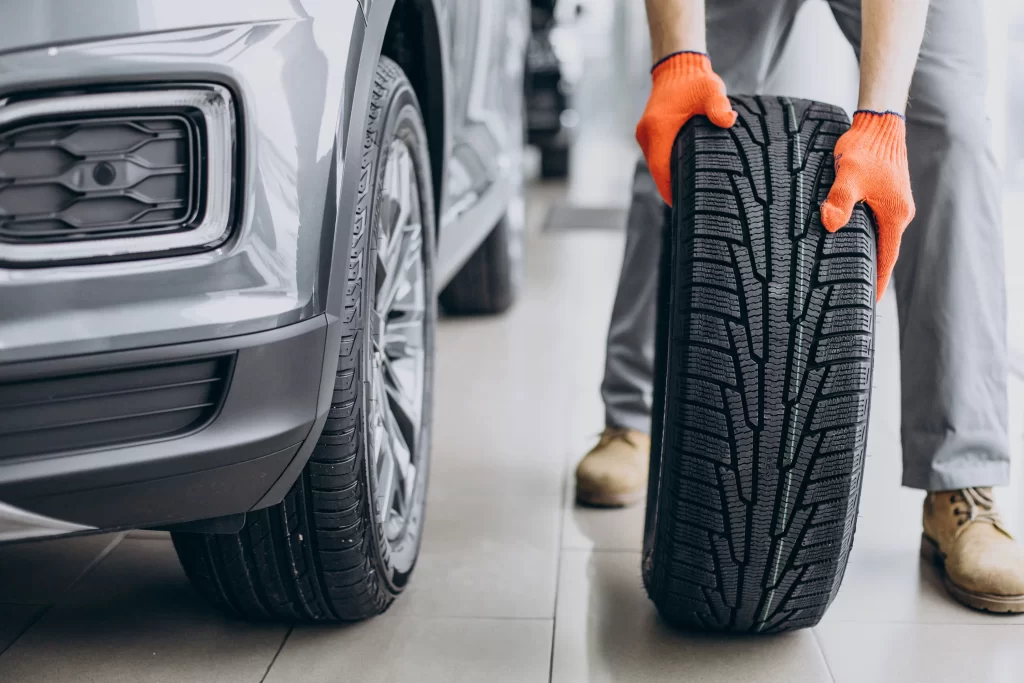
Tires affect your car’s handling, safety, and fuel economy. Underinflated tires wear out faster and can be dangerous. Your tires are your car’s only contact with the road, so their condition is crucial. Check air pressure monthly and keep it at the recommended level for better fuel efficiency and handling. Regularly inspect the tread depth—worn-out tires can be dangerous, especially in wet conditions. Rotate your tires every 5,000 to 7,000 miles to ensure even wear. Also, keep an eye out for cracks, bulges, or nails that could cause slow leaks. Well-maintained tires provide a smoother ride, better control, and improved safety wherever you go.
Maintenance Tip:
Check tire pressure monthly and rotate tires every 6,000 miles. Keep an eye on tread depth.
Battery: Power Source
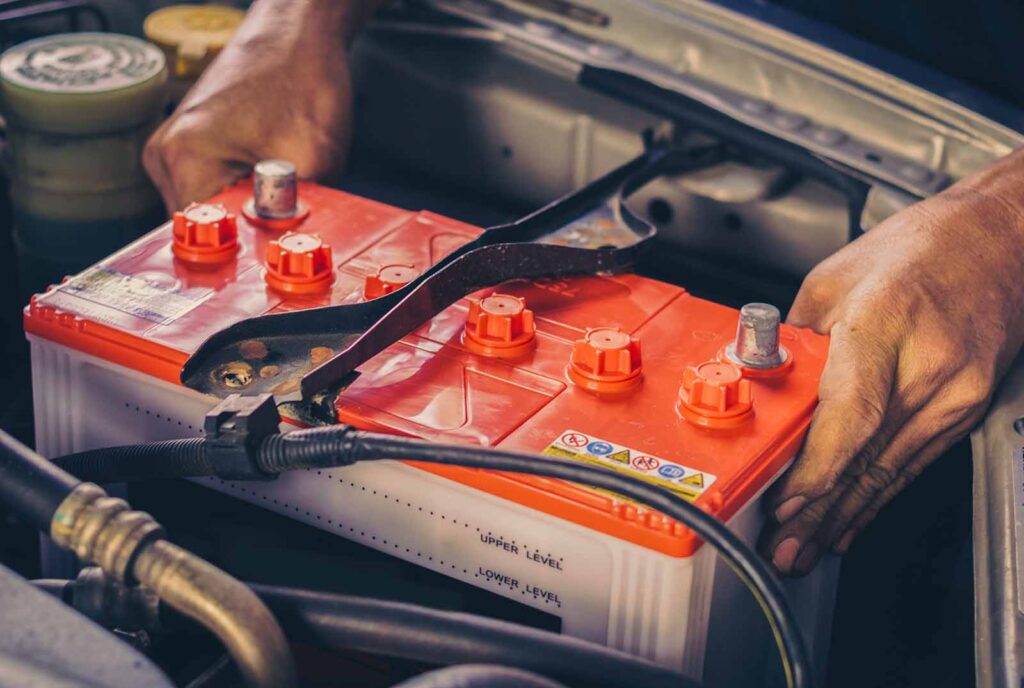
Your battery provides the electricity needed to start your car and power electrical systems. A healthy battery powers everything from starting your car to running the lights and electronics. Check for signs of corrosion around the terminals and clean them regularly. Ensure connections are tight and free of dirt. Batteries typically last 3 to 5 years, so consider testing yours annually, especially before winter. Dim headlights or a slow engine crank are early warnings of a weak battery. Replacing it in time prevents getting stranded and avoids stress during extreme temperatures.
Maintenance Tip:
Test your battery twice a year, especially before winter and summer, and clean the terminals to prevent corrosion.
Simple Maintenance You Can Do Yourself
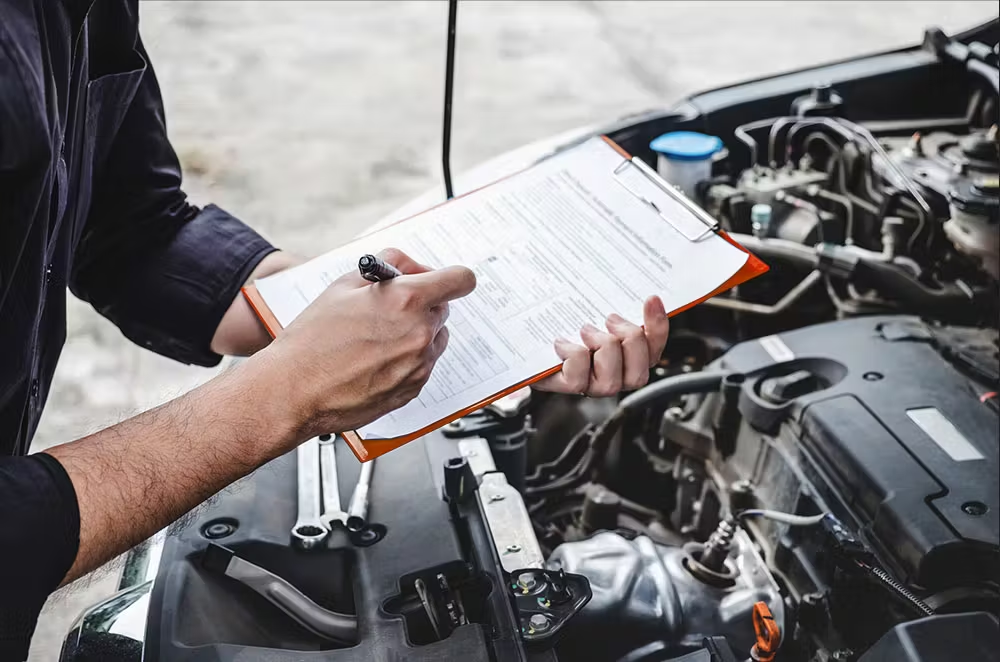
Check Fluid Levels
- Engine Oil: Keeps the engine parts lubricated.
- Coolant: Prevents the engine from overheating.
- Brake Fluid: Ensures smooth braking.
- Transmission Fluid: Helps the transmission shift gears.
- Windshield Washer Fluid: Keeps your view clear.
Tip:
Use the dipsticks and reservoirs under the hood to check these monthly.
Replace Air Filters
A clean air filter improves fuel efficiency and engine performance. Change it every 12,000 to 15,000 miles.
Inspect Belts and Hoses
Belts and hoses are small but critical. Look for cracks, leaks, or frays every few months.
When to Seek Professional Maintenance Help
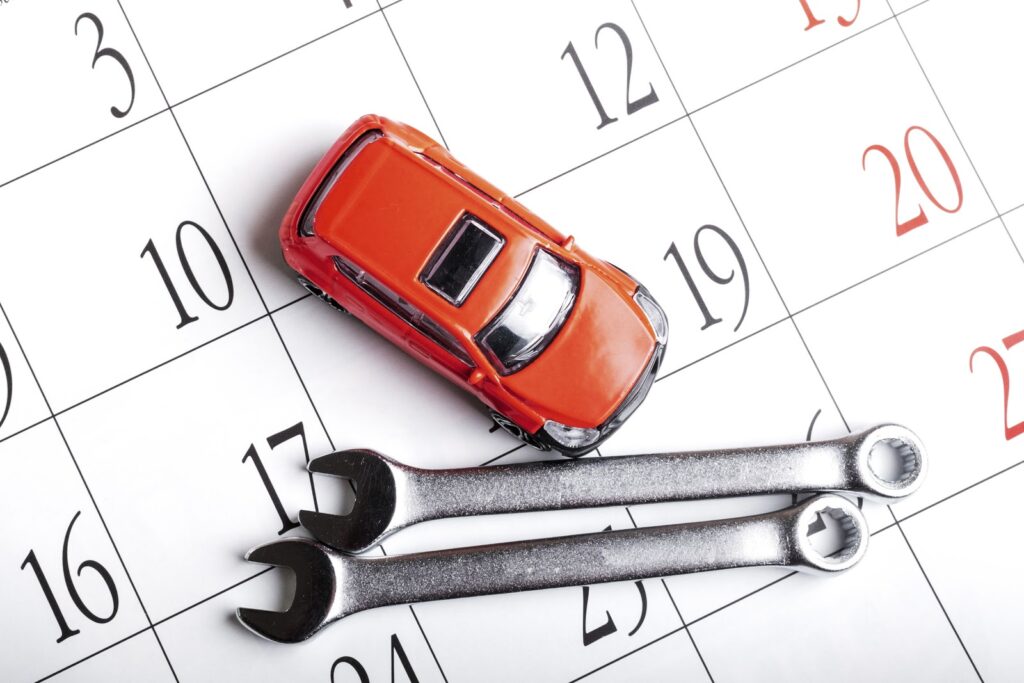
While DIY maintenance covers the basics, certain repairs need an expert. Visit a certified mechanic for:
- Engine issues
- Transmission problems
- Suspension repairs
- Brake system overhauls
Seasonal Maintenance Checklist
Spring/Summer
- Test the air conditioning system.
- Check coolant levels.
- Inspect tires for hot weather driving.
Fall/Winter
- Test the battery.
- Switch to winter tires if needed.
- Check heater and defroster.
Pro Tips to Extend Vehicle Life
- Wash your car regularly to prevent rust.
- Avoid rapid acceleration and hard braking.
- Follow the maintenance schedule in your owner’s manual.
- Keep records of services and repairs.
Final Thoughts
Caring for your car doesn’t have to be complicated. By understanding the basic parts and sticking to a maintenance routine, you’ll save money and enjoy a safer, smoother ride. Think of it as an investment in your vehicle’s future — one that pays off every time you hit the road.

